You can trust Cyclingnews
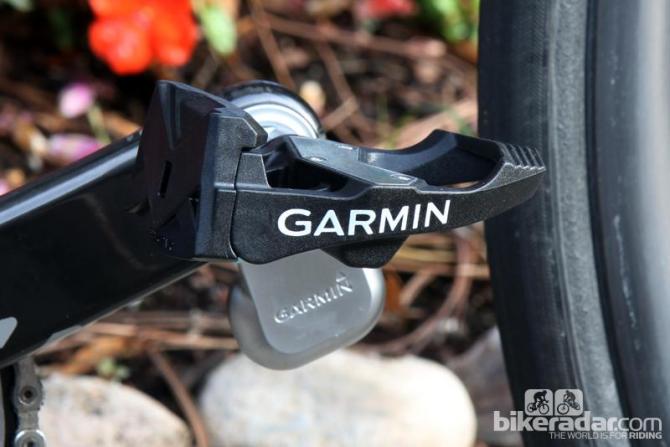
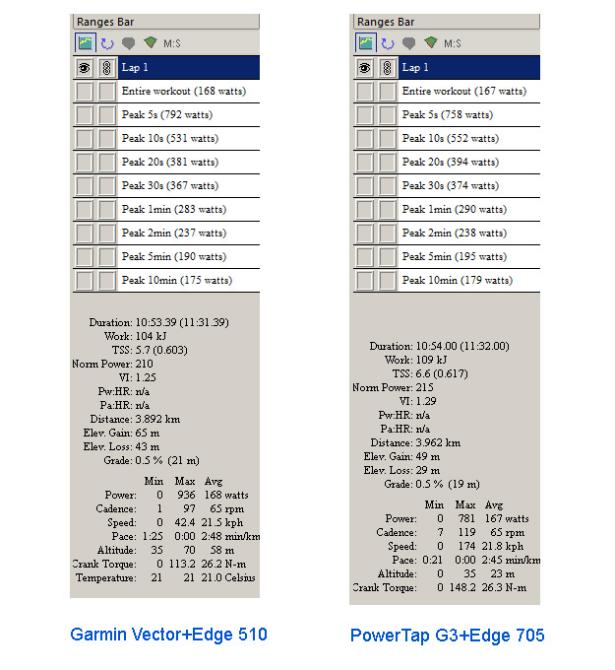
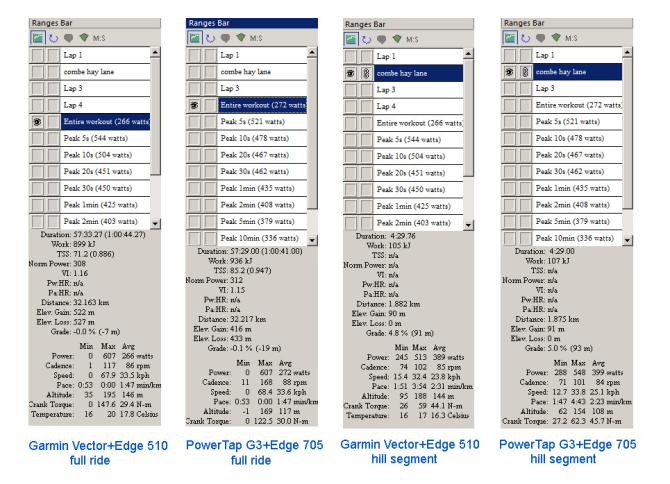
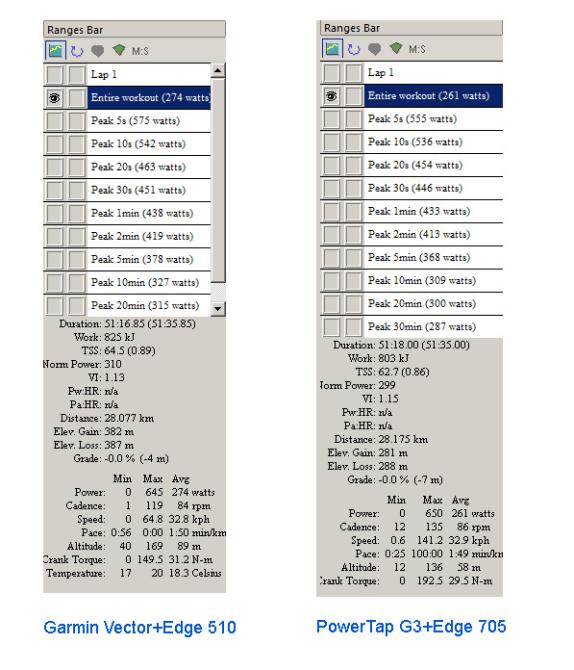
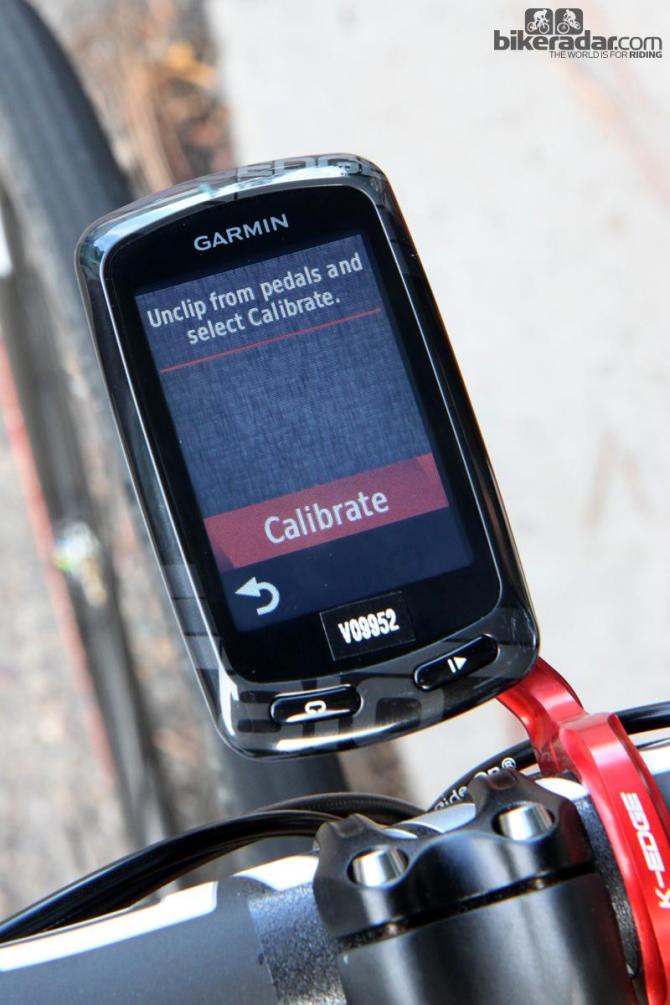
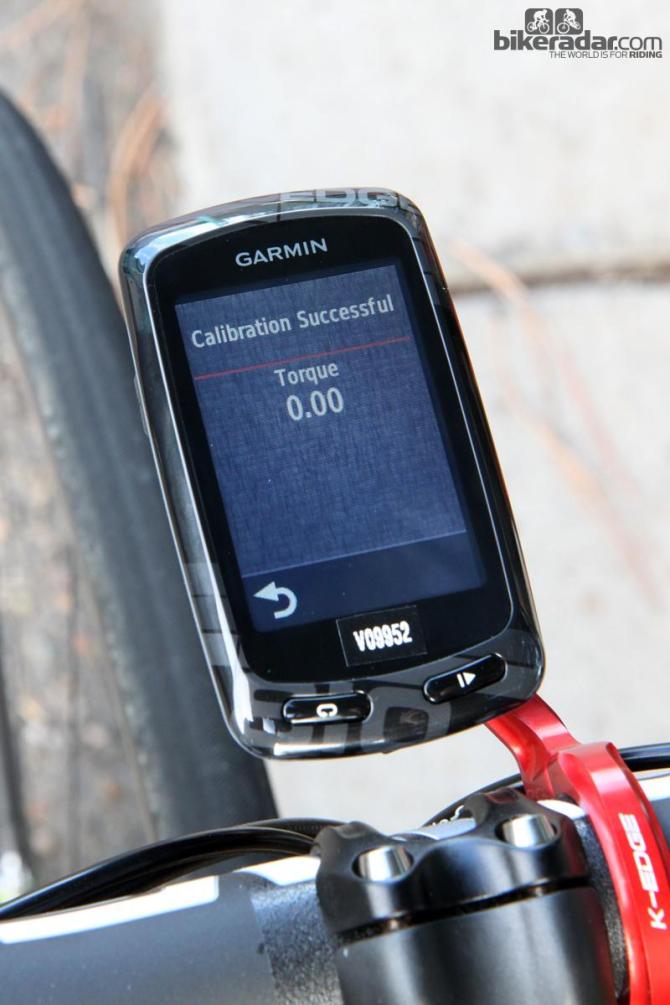
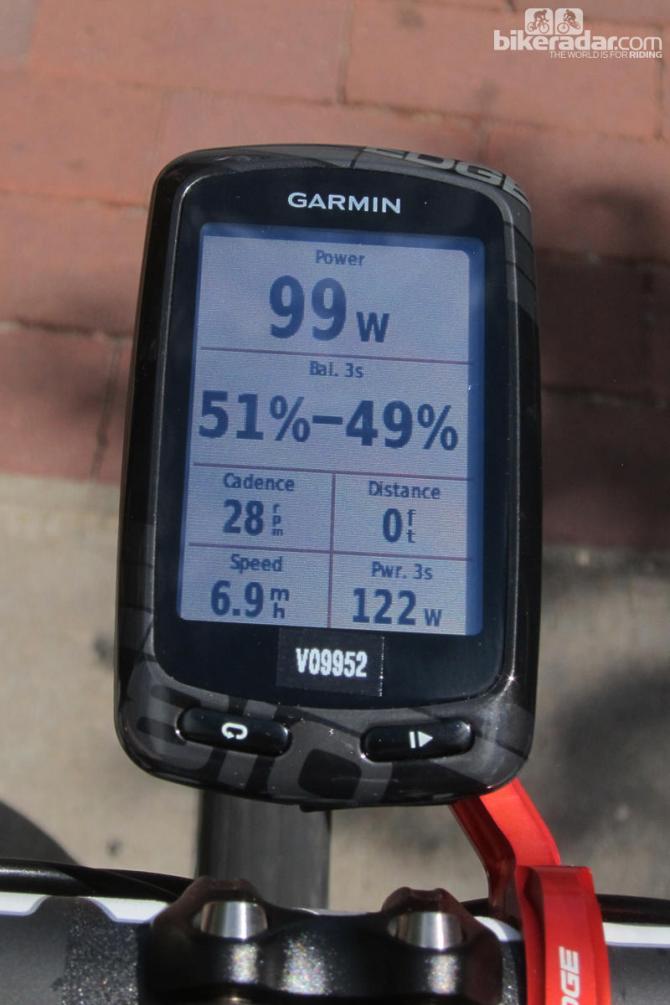
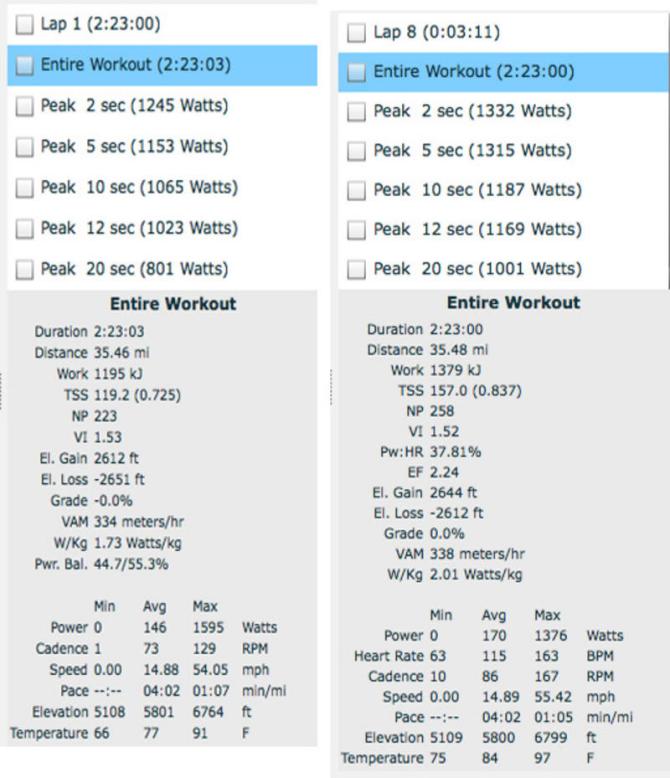
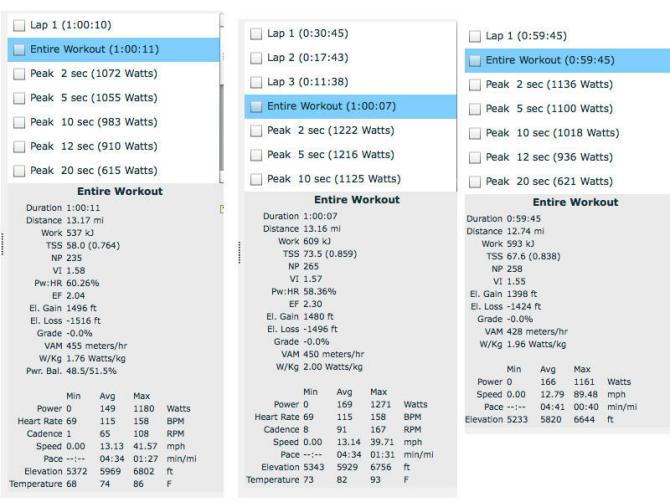

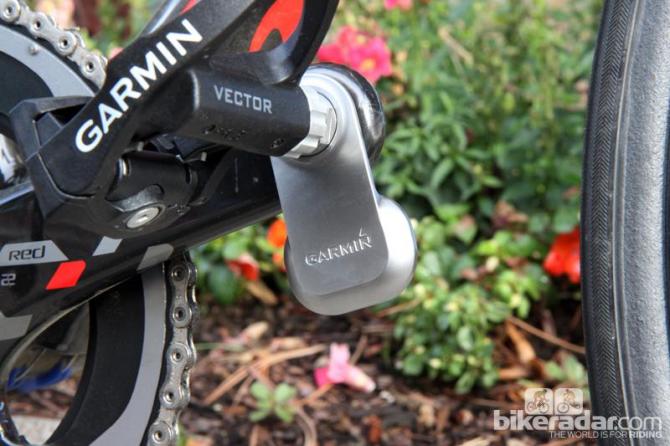
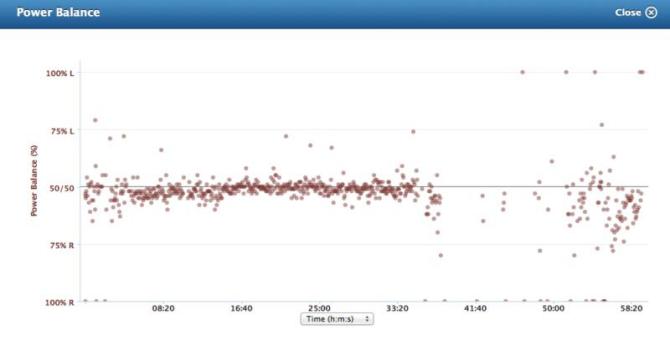
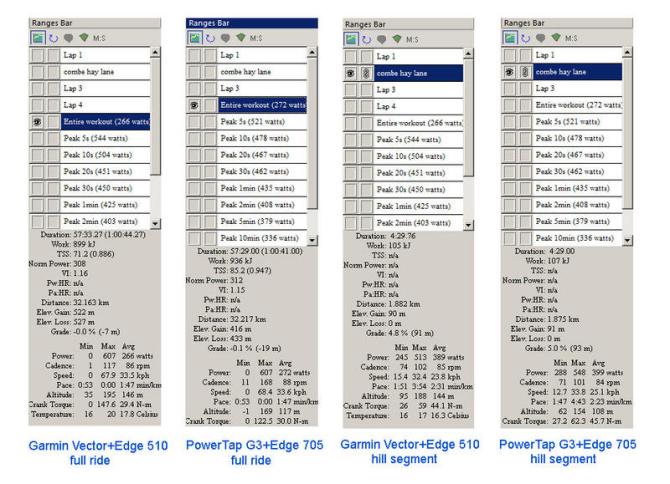
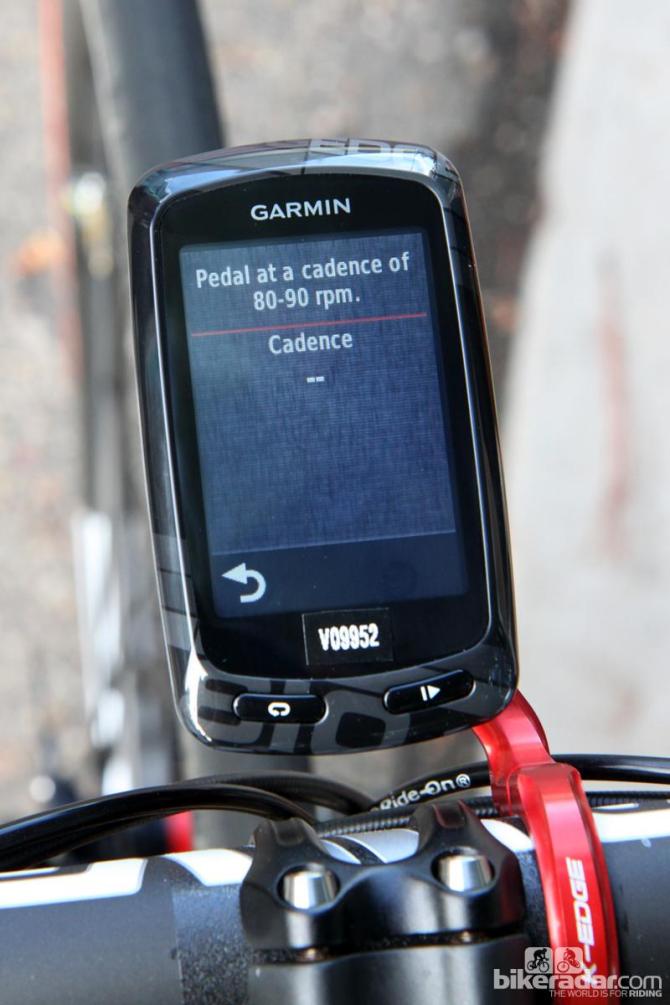
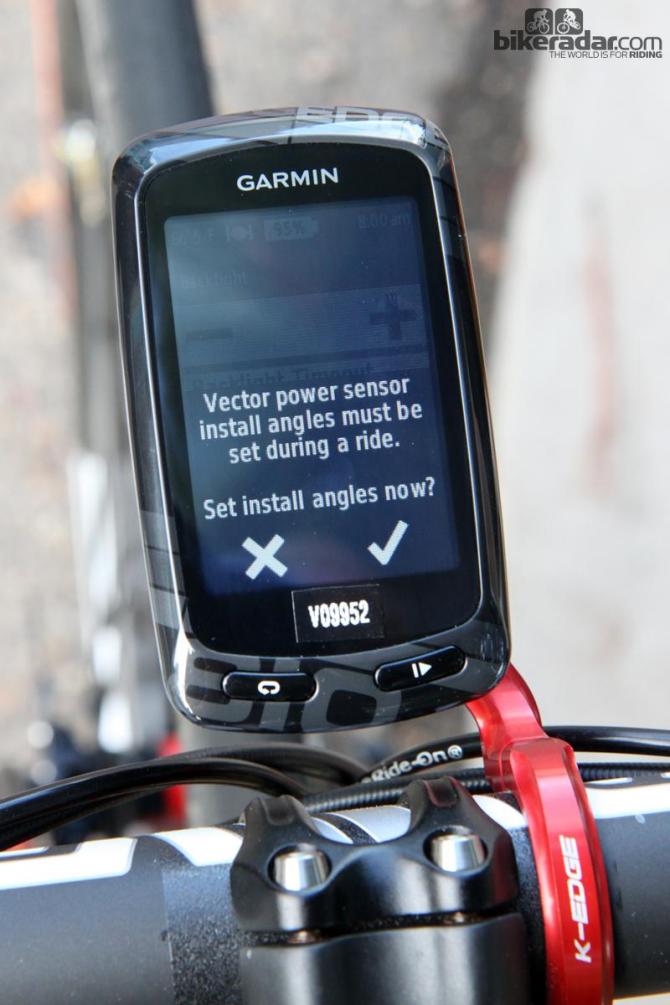
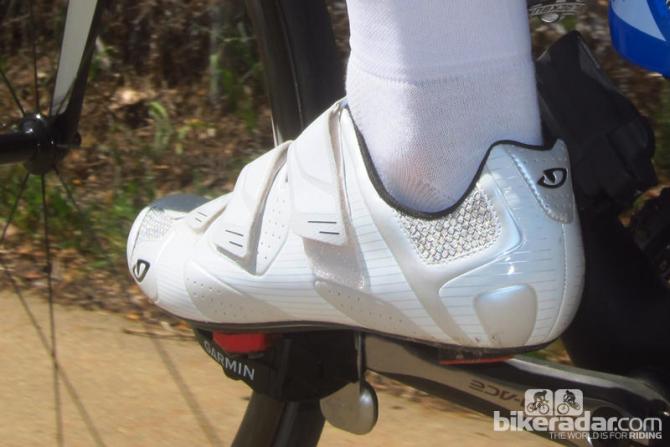
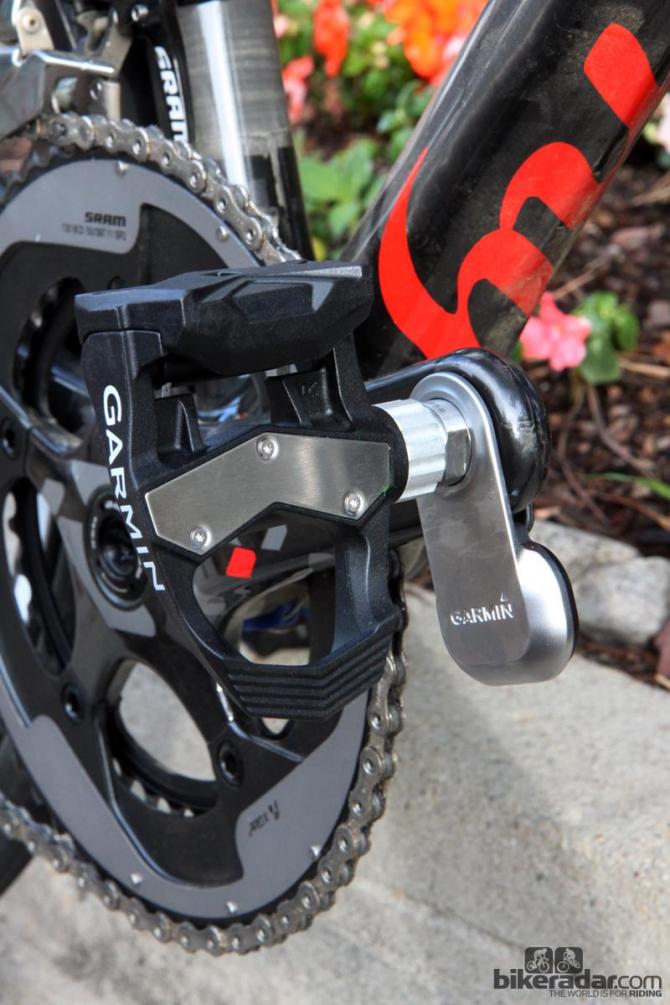
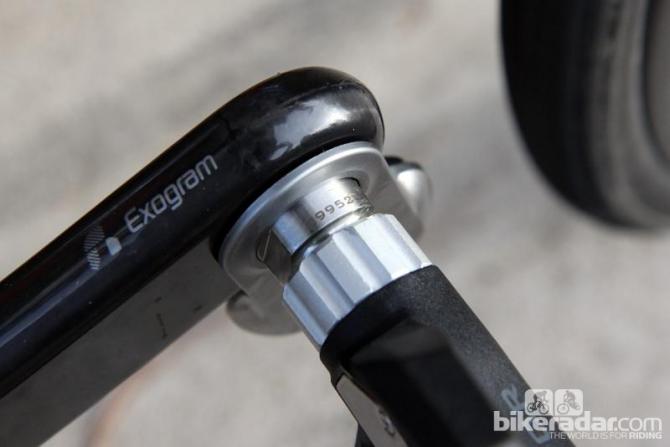
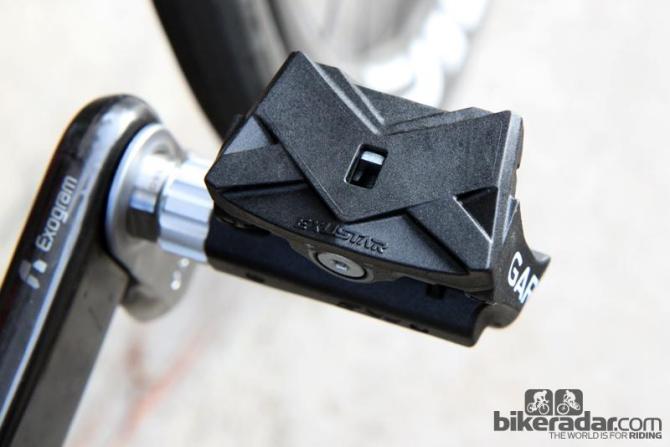
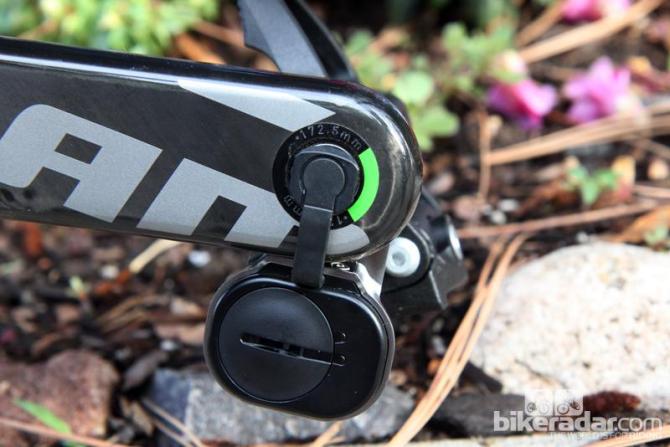
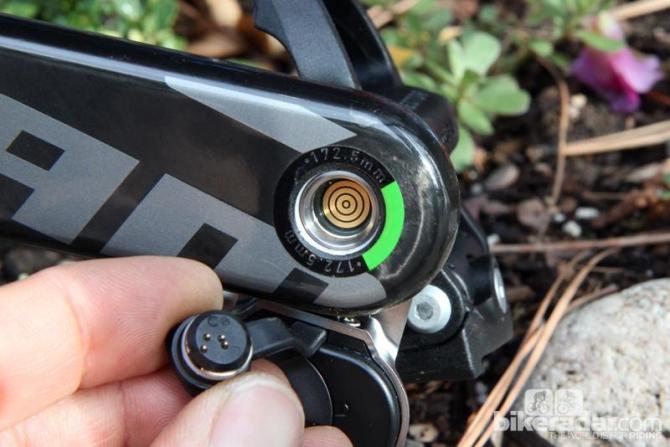
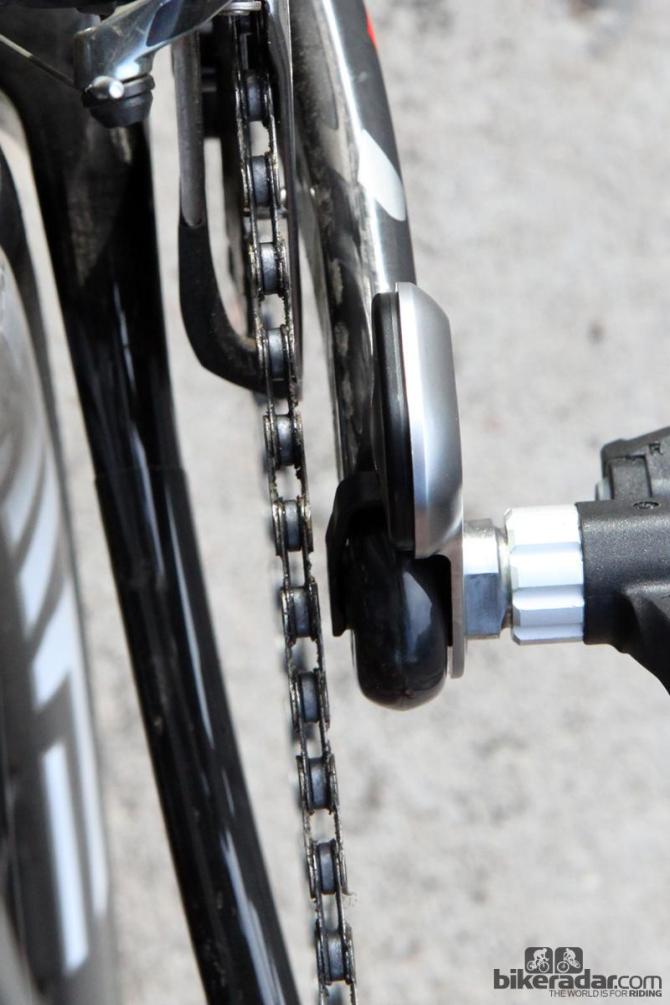
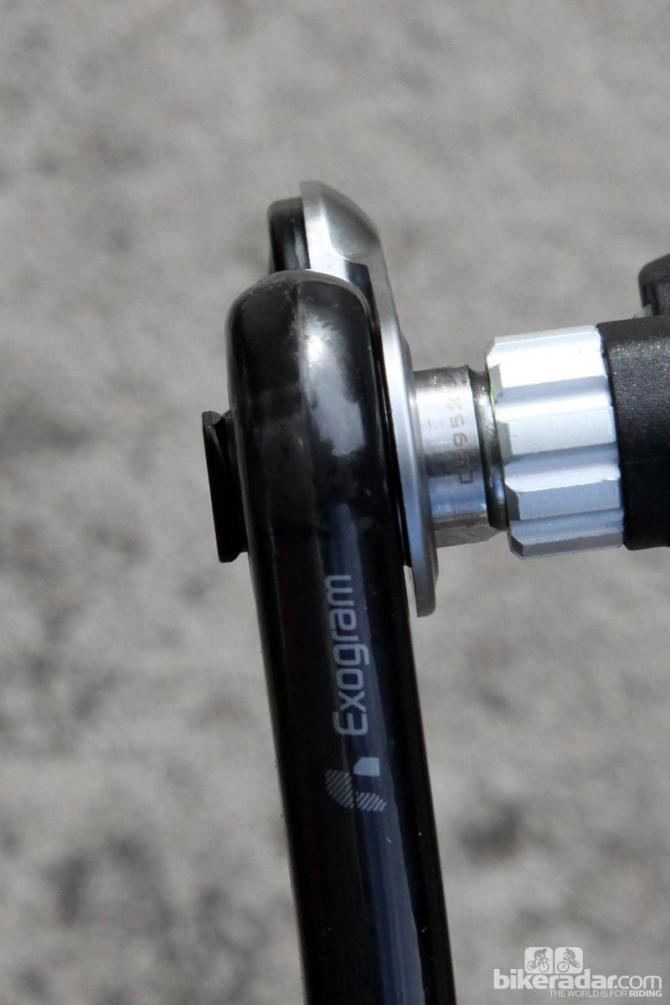
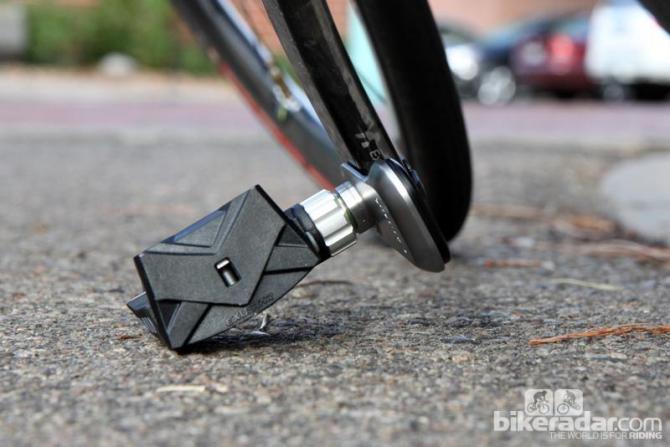
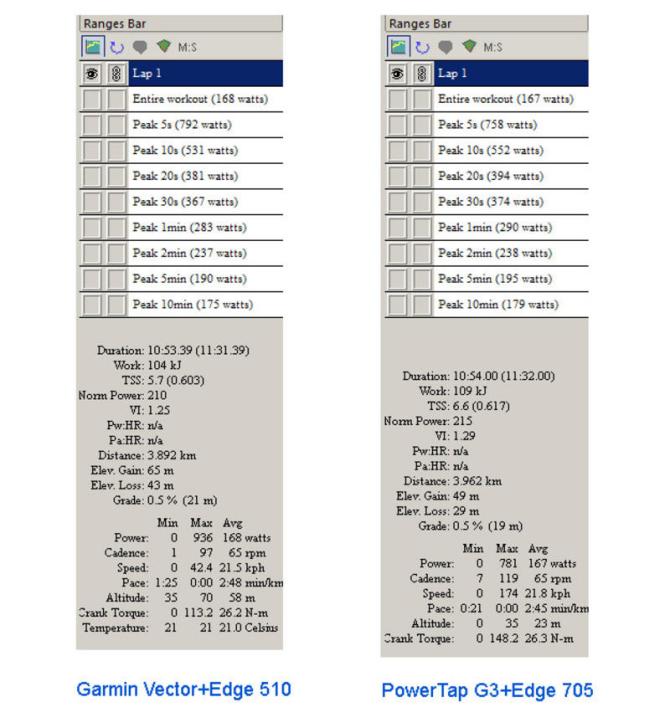
This article originally published on BikeRadar
The long awaited Garmin Vector power meter finally hit the market this week, offering riders the ability to measure power at the pedals, assess left/right leg contribution and easily swap the system between bikes.
After five rides by various BikeRadar testers, we feel the Garmin Vector system is an excellent power meter solution, with only a few caveats. On the positive side, it measures power quickly and accurately, and delivers a wealth of data to a Garmin Edge or any other ANT+ head unit.
Further, unlike most other power meters on the market today, the Vector doesn’t limit you to a particular crank or wheel. On the negative side, the system is expensive and requires you to use Look Keo-style pedals and cleats.
After a relatively easy installation (more on that below), you can be up and riding with standard power readouts as well as the somewhat novel left/right balance metric.
True, the highly expensive Look Keo Power pedal system offers this, but only with the Polar head unit because it’s not ANT+ compatible. And the crank-based Rotor POWER offers the left/right metric with an ANT+ signal, but isn’t widely available yet. (Quarq offers a left/right calculation but not direct measurements.)
Perhaps the most interesting thing about the L/R data – which can be viewed in real time or a rolling 3sec average – is how it changes over the course of a ride. Many test riders noticed a larger discrepancy (five to 10 percent) when pedaling easy than when going hard (about one to two percent).
The latest race content, interviews, features, reviews and expert buying guides, direct to your inbox!
Clark Foy, one of the founders of the MetriGear system that Garmin bought and developed into the Vector, said that their test riders often reported differences in L/R balance.
“We have learned that it’s a dynamic difference,” Foy said. “There is often a different balance at the beginning and end of a ride, or when standing versus sitting, or at low versus high power.”
So, what can be done with this information? Foy admits that Garmin doesn’t yet have a conclusive answer to this, but says a virtual army of physical therapists, coaches, trainers, and academics are eager to dig into the data and investigate.
Accuracy
(This section is being updated as we carry out further testing)
BikeRadar tested three Garmin Vectors alongside a crank-based Stages Power meter and two hub-based PowerTap meters. In most cases, the Vector readouts averaged lower than the others.
Looking at post-ride data for our first few rides, average power for the Vector was between 7-20 watts lower than with Stages and PowerTap. (The Stages and PowerTap were within two watts of average power of each other.)
Without a lab to diagnose each, we can’t saw which, if any, is 'right'. However, we can say that they all tracked consistently, within a few watts of each other, throughout multiple rides in a few temperature ranges.
Subsequent testing after these initial runs showed a better match between the Vector and a PowerTap G3, ranging from roughly equal to the Vector reading 8-13W higher (3-5%) than the G3. This is in line with what we'd expect as measuring at the pedal should be higher than at the hub due to there being no drivetrain losses (that's assuming the G3 was behaving itself).
We would put more weight behind the later tests as those were after reinstalling the pedals, paying attention to the torque, alignment setting, static and moving calibrations.
Garmin claims +/-2% accuracy, quite similar to figures for other systems on the market. Like other power meter companies, Garmin stresses that, for most consumers, it’s not the absolute accuracy but the absolute consistency that’s most important for a power meter to function as a useful tool. On this point, the Vector performs accordingly.
Weight
The entire Vector system weights just 428g, and most of that is the pedals themselves. Compare the 305g pair of pedals to a 250g pair of Shimano Dura-Ace pedals or, better yet, to the 344g Look/Polar Keo Power pedals. The Vector pods weigh 46g per pair, and the standard cleats and hardware total 77g. So, basically, you’re just adding 23g to each pedal. Yes, this is rotating weight, but it’s quite a minor addition.
Battery life and longevity
Garmin claims 175 hours of operation on each battery, and that the right unit tends to drain faster. We will track our results and report back. If you use the Vector system in conjunction with a Garmin Edge computer, you’ll get a warning message when battery life drops to 20 percent.
Battery installation is simple; the pod unlocks with a screwdriver.
What about those pods dangling off the crank?
As we imagine will be the case for many readers, our initial impression of the Garmin Vector system was, “A pedal-based system? Great. But do you have to have those things hanging off the crank arms? Won’t they break off?” After installing the pedals, we had the same thought while looking down, riding along.
However, some quick off-the-bike parking lot experiments show that the pods won’t come into contact with the ground; the pedal will strike first. You probably could clip it on a curb with some effort but it seems unlikely.
The pods house a battery and an accelerometer, which explains some of their girth.
The pods come within 1 to 3cm of the inside of your shoe, depending on foot size and cleat placement. But, aside from the visual oddity, there is no mechanical impairment.
Should you damage a pod, they are replaceable for US$69 (UK pricing to come). Installation, calibration, compatibility
Installing the Garmin Vector is little more complicated than setting up a standard set of road pedals. In essence, it’s just a matter of screwing them in and tightening them down to a torque value of 34-40Nm. That said, there are a few key differences.
One is the addition of the pedal pods, which house the battery and ANT+ transmitter hardware. They should be oriented so that each one is hanging straight down when the corresponding pedal is in the forward position. You must also ensure that there’s a slight gap between the outer face of the crank arm and the pedal pod’s backing plate. Included spacers are added as needed, depending on how recessed the pedal sockets are on the crank arms.
Verdict
Yes, it seemed to take Garmin forever to deliver the pedal-based power meter it began talking about years ago. But we feel it’s better to wait and develop a solid product than push a half-baked idea into the market.
The Garmin Vector works well. For an accelerometer-based system, power data shows up quickly (about three revolutions) and the signal was never dropped. The L/R function is cool at first go, and promising down the road – what if you could identify an imbalance, improve it through exercises, then measure the resulting power improvement? And, coming from a company that manufacturers ubiquitous cycling computers, the Vector has a huge advantage over the competition.
The price is a bit disappointing. Garmin argues that you’re getting ‘two power meters for one’, but the fact is that the price puts it well above PowerTap and Stages, and on par with Quarq.
Stay tuned for an in-depth review as our testers put more miles in on their test units.
Price: US$1,699.99
Weight: 426g
Description: 2 x CR2032 batteries, user replaceable, claimed run time 175hrs, Claimed accuracy +/- 2%, Claimed weight: 426g (pedals + cleats + sensors)
BikeRadar verdict: 4 and a half stars
James Huang, Jeff Jones and David Rome contributed to this report

